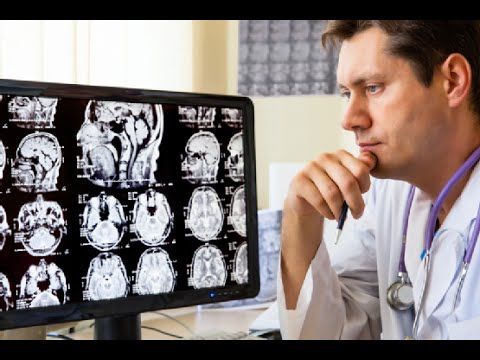Why MRI Is An Essential Tool Of Modern Medical Imaging And Disease Diagnosis?

MRI or Magnetic Resonance Imaging is a technology that utilizes magnetism and radio waves to envisage the various tissues within the body, allowing a digital image of inside the human body to be created. There are around 26,000,000 MRI procedures performed each year, making this scan one of the most universal imaging technologies used to view inside the body.
The procedure is generally used to study bones, muscles, nerves, ligaments and various other tissues in the body, mainly the soft tissues.
MRIs are very useful for examining the brain and spinal cord.
MRI scans can be very helpful to diagnose a variety of conditions, from torn ligaments to tumors (benign or malignant abnormal growths) in the brain.
With the help of MRI, several diseases can be detected much earlier than other medical imaging technologies. The early detection of a disease further helps to lower diagnostic work-up and afterward late stage surgeries and procedures. This often saves money by preventing needless invasive diagnostic and surgical procedures in patients. All these things make MRI a highly effective procedure and the diagnostic tool of choice for many medical professionals and insurance companies.
MRI scan can easily diagnose a variety of conditions, such as:
Though, both MRI and x-ray procedures allow doctors to envisage what’s inside the body, they accomplish this in completely different ways. An MRI uses magnetism and radio waves to produce images of inside the body, whereas, x-ray’s use small amounts of radiation.
For most people, MRI is completely a safe procedure. However, pregnant women should not have MRI scans. Moreover, it is essential to notify the staff if:
It is important to note that health care in the United States is little costlier than it does anywhere else. Depending upon which MRI procedure is performed and where you have the MRI test performed, the average MRI cost can range $400 to $3,500. Further, the same MRI test may differ by hundreds of dollars from testing facility to testing facility. Therefore, it is advisable to shop around to make sure you’re getting the best possible price. Nowadays, there are several online sites, offering discount health procedures. These sites allow you to compare the prices offered by various doctors in your area for similar procedure. You can even make a cash offer for best savings. This way you can easily select the best doctor at a price you can afford.
An MRI scan is undoubtedly the most accurate and effective method of disease recognition throughout the body. Therefore, it would be right to say that today MRIs have become an essential tool of modern medical imaging and disease diagnosis.
